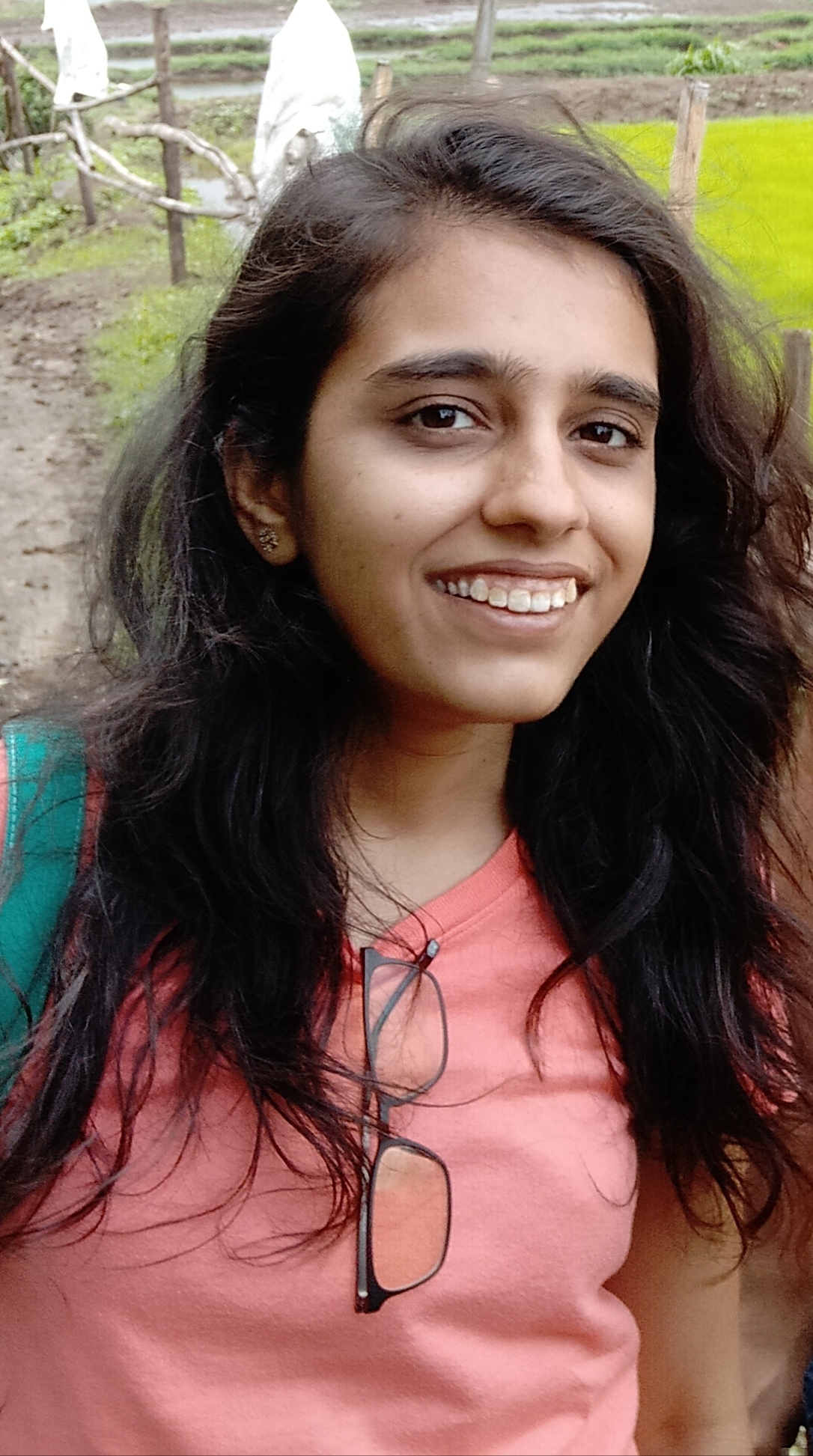Experimental localisation of quantum entanglement through monitored classical mediator
Published in Quantum, 2021
Recommended citation: Pal, Soham, Priya Batra, Tanjung Krisnanda, Tomasz Paterek, and T. S. Mahesh. "Experimental localisation of quantum entanglement through monitored classical mediator." Quantum 5 (2021): 478. https://doi.org/10.22331/q-2021-06-17-478
Abstract: Quantum entanglement is a form of correlation between quantum particles that cannot be increased via local operations and classical communication. It has therefore been proposed that an increment of quantum entanglement between probes that are interacting solely via a mediator implies non-classicality of the mediator. Indeed, under certain assumptions regarding the initial state, entanglement gain between the probes indicates quantum coherence in the mediator. Going beyond such assumptions, there exist other initial states which produce entanglement between the probes via only local interactions with a classical mediator. In this process the initial entanglement between any probe and the rest of the system” flows through” the classical mediator and gets localised between the probes. Here we theoretically characterise maximal entanglement gain via classical mediator and experimentally demonstrate, using liquid-state NMR spectroscopy, the optimal growth of quantum correlations between two nuclear spin qubits interacting through a mediator qubit in a classical state. We additionally monitor, ie, dephase, the mediator in order to emphasise its classical character. Our results indicate the necessity of verifying features of the initial state if entanglement gain between the probes is used as a figure of merit for witnessing non-classical mediator. Such methods were proposed to have exemplary applications in quantum optomechanics, quantum biology and quantum gravity.
